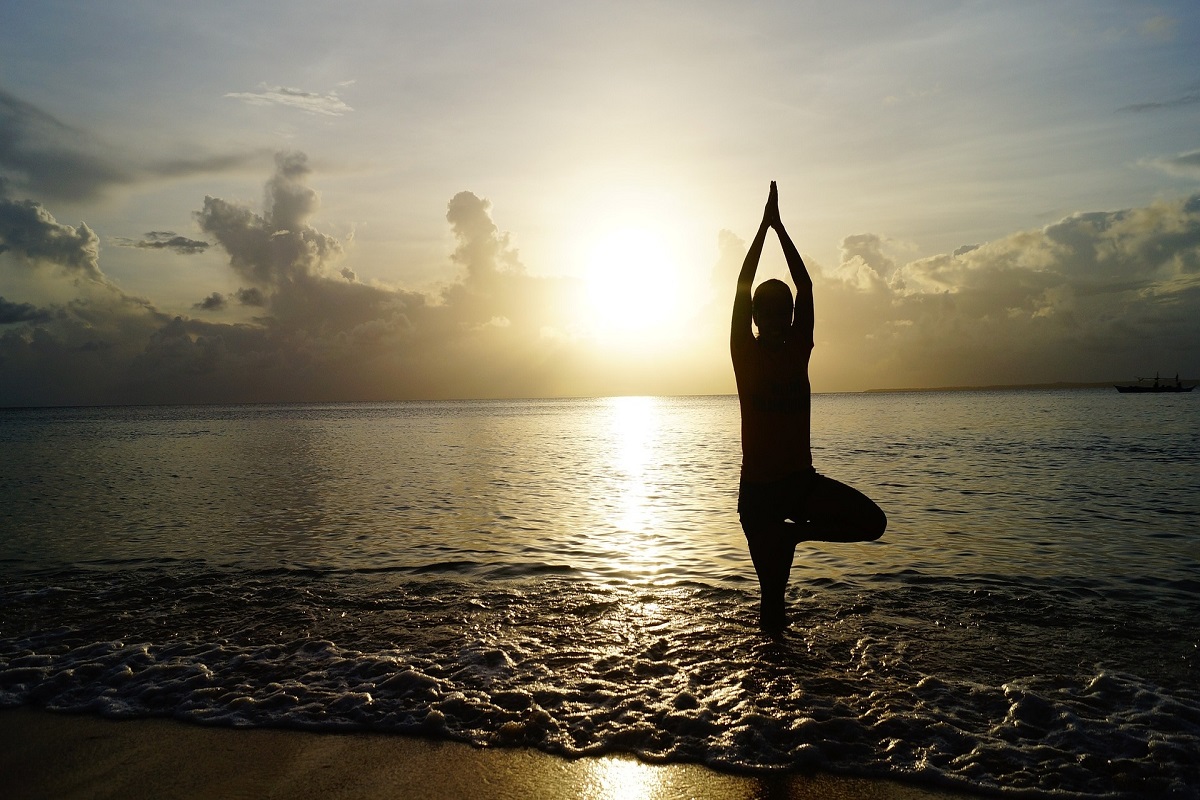These difficult pandemic months may seem like days “dragging slowly” – a perception of time. Days pass neither slower nor faster. Time, life’s primary factor, needs better understanding for a better life.
We know time’s value, it being “more precious than gold”. Our daily lives get defined by time, of deadlines and appointments to keep. We make plans for years. But what do we really know of time?
Advertisement
Time is the mind this moment. Conventional science knows much about the physical organ called the brain but knows little about the entity called the mind.
A better quality of life depends on how well we use the mind, and how well we use time. Stress lessens when the mind is with reality of the present moment. No pining for the past, no anxieties of the future.
The ancient practice of Vipassana trains the mind to be in the present moment – an extraordinary difficulty. My first 10-day Vipassana course in Dhamma Thali, Jaipur, was when I realized for the first time how much the mind wanders wildly to past or future – but rarely stays in reality of this present moment.
“The ultimate truth is the truth of this moment, not of moments that have passed, nor of moments that are yet to come,” explained Principal Teacher of Vipassana Sayagyi U Goenka (1924 – 2013). “The moments that have passed can only be remembered; the moments that are yet to come can only be imagined or desired. Only the present moment can be experienced, not past nor moments of the future.”
All that is past and future is condensed in this present moment of time. What is the present moment?
Our mundane world functions with the base unit of time as a second. The International System of Units defines the second as about 9 billion oscillations of the caesium atom. In a second, the caesium-133 atom arises and passes nine billion times. So much activity at the subatomic level within a second – of time understood externally through science.
Life changes at a deeper level with experiential understanding – of experiencing realities of nature within, through using one’s mind-body as laboratory.
These inner scientists can be Himalayan ascetics and householder meditators achieving high levels of purity of the mind, where life becomes this moment.
The fully enlightened super-scientist called the Buddha declared 2,500 years ago of all matter being made of indivisible subatomic particles called ‘kalapas’. Kapalas arise and pass trillions of times in a moment. Life is a sum-total of such moments, of this present moment.
In Rangoon of 1951, Myanmar’s incorruptible Accountant General and Vipassana teacher Sayagyi U Ba Khin (1899-1971) gave a lecture on the Buddha’s enlightened realisations to a study group of officials from the Special Technical and Economic Division of the U.S. Government.
“By introspective meditation of the realities of nature within his own self, it came vividly to him that there is no substantiality, as there seems to be, in the human body,” U Ba Khin said, “and that it is the sum total of innumerable millions of kalapas (subatomic particles), each about 1/46,656th part of a particle of dust from the wheel of a chariot in summer”.
Each kalapa is in a continuous state of change. The Buddha experienced the subtler reality that quantum physicists search in their hunt for the ‘god particle’ such as the Higgs boson.
This ‘I’ to which we develop so much attachment is merely mind matter phenomenon of subatomic particles arising and passing each moment. Being with this reality of impermanence decreases the ego – the biggest hindrance to meaningful success and peace of mind.
Being with the present moment improves quality of work and life. A concentrated mind suffers no distractions from the task at hand. That is why successful people get immersed in the moment. Top athletes excel in “the zone”, a bubble of impenetrable concentration focussed on the present moment.
India’s favourite obsession of cricket has seen this in distinguished careers – Sunil Gavaskar’s trance-like concentration when batting, Sachin Tendulkar remarking his mind was a thought-free blank just before the next ball, and Mahendra Singh Dhoni emphasizing importance of being in the present moment.
Far greater benefits are reaped in the supra mundane life, when being in the present moment becomes the core of successful meditation practice. By being in the present moment, we master the mind instead of being its slave.
Not that the past is erased from memory and the future disappears. We access the storage of past experiences and make plans for the future from a conscious decision to do so, not from wild wanderings of the mind like a driver losing control of the car.
Mastery of the mind can be gained with practice of Anapana being taught online in these pandemic times (www.vridhamma.org/register). Anapana, the preparatory exercise for Vipassana, focuses on awareness of the natural respiration – the in-coming, outgoing breath, as it is, this moment. No artificial regulation of the breath as in pranayama.
“We have to experience the ocean of infinite waves surging within, the river of inner sensations flowing within, countless vibrations within every atom of the body,” wrote Sayagyi U Goenka. “We have to witness our continuously changing nature – all happening at an extremely subtle level. To reach this state, we have to start observing the flow of respiration.”
Being in the present moment strengthens the mind. Stronger mind leads to better life. A strong, concentrated mind never postpones. It focuses on work this moment – the essential to success.
The life of the cosmos, celestial and human beings have the inescapable basis of impermanence, from moment to moment. How well we live depends on how well we use this moment.
The writer is a senior, Mumbai-based journalist.











